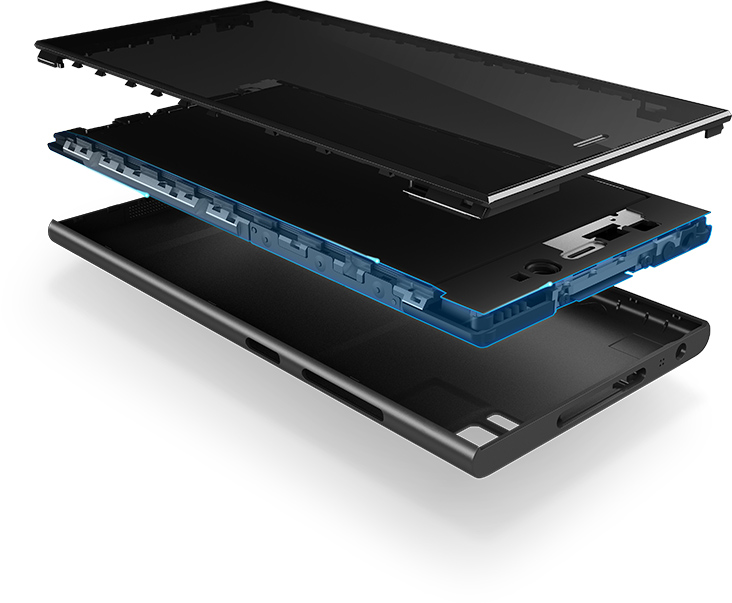Submitted by nbeam85 on

The rear cam is built by Sony and it features a 13 MP "exmor" sensor and a very bright dual-flash system built by Phillips. Pictures look pretty awesome, even low-light shots taken without the flash as Xiaomi included an HDR feature that actually works incredibly well. The Nexus 5 has an 8 Mp rear camera, the only notable advantage being the larger f/2.4 aperture vs the f/2.2 aperture in the Mi3.
The Wifi, as mentioned above, is based on the latest "AC" standard and notably supports the 5 Ghz band, I could easily max out my internet connection at 50 Mbit/sec down when connected to the 5 Ghz network at my house and this was an increase in speed vs the 2.4 Ghz band which usually sat around 35 Mbit/sec down when testing from the same location.
The outer shell of the device is some kind of high-grade ABS plastic and in my few weeks of use has only taken a single scuff when I accidentally slammed the back of the phone into a sharp aluminum edge of my desk. I think it will hold-up well but it is perhaps the one part of the design I would change (I wish they had gone with some kind of annealed textured aluminum). The frame is also very cool as it made from an Aluminum/Magnesium Alloy that is very lightweight yet extremely rigid. The device is very well balanced as well and feels lightweight in the hand.
The battery is pretty awesome. It is a very beefy 3050 mAh pack which is roughly 25% larger than the 2300 mAh battery in the Nexus 5. Many N5 users have complained of short battery life, my Mi3 easily lasts me a day and 1/2 without a charge and moderate usage.
Haptic Feedback - Also something people don't think about much however it should be mentioned - The haptic feedback in the Mi3 is just plain sic... as in good. It greatly varies in feedback based on what you are doing and as a result is a phenomenally good feature. Typing feeling like you are tapping actual keys (as much as is possible on a touch display keyboard), whenever you make a phone-call there is a short burst from the haptic system when you connect which is actually quite nice, what can I say. Haptic feedback actually vastly improves the phone usage experience rather than just feeling like an after-thought.
Dual-Microphones - Yet another feature folks rarely give thought to... This phone features a secondary microphone for background noise suppression during calls and for better audio pickup when using voice commands - I also bought a Redmi 1s at the same time that I got the Mi3. I love the Redmi 1s as it is a phenomenal value for your $ however when testing Google voice detection with both devices the Mi3 rarely ever misses a word, at a greater distance than the Redmi 1s, which doesn't always catch everything and/or isn't as accurate.
Physical buttons - The Physical buttons are satisfingly "clicky" and thus far have exhibited zero wobble which is often found in cheaply made chinese devices. Both the power and volume rocker are located on the right side of the device (when held in portrait mode) and after getting used to the power button being there I have come to appreciate this arrangement as I can easily hit the power or volume keys with my thumb without having to re-orientate the device in my hand.
Capacitive touch buttons - The home, back, and menu buttons are all capacitive. This does make for a larger device but I still prefer it. The trend has been to move towards having these buttons on-screen - which means more compact devices - however you are losing screen real-estate which is at premium on a mobile device. Once again, this is a complaint I have read from several Nexus 5 owners which uses on-screen navigation controls.
GPS is fast and spot-on with all of the testing I have done thus far. Quick to get a lock and slow to lose it. Because this Mi3 features a Qualcomm Snapdragon processor it also has access to 24 additional satellites on a second network called "GLONASS". I wasn't sure what this feature was so I did a bit of digging and this video explains it best:
Okay, we have hit all of the pariticularly awesome features that makes the Xiaomi Mi3 stand out, so what is it missing?
